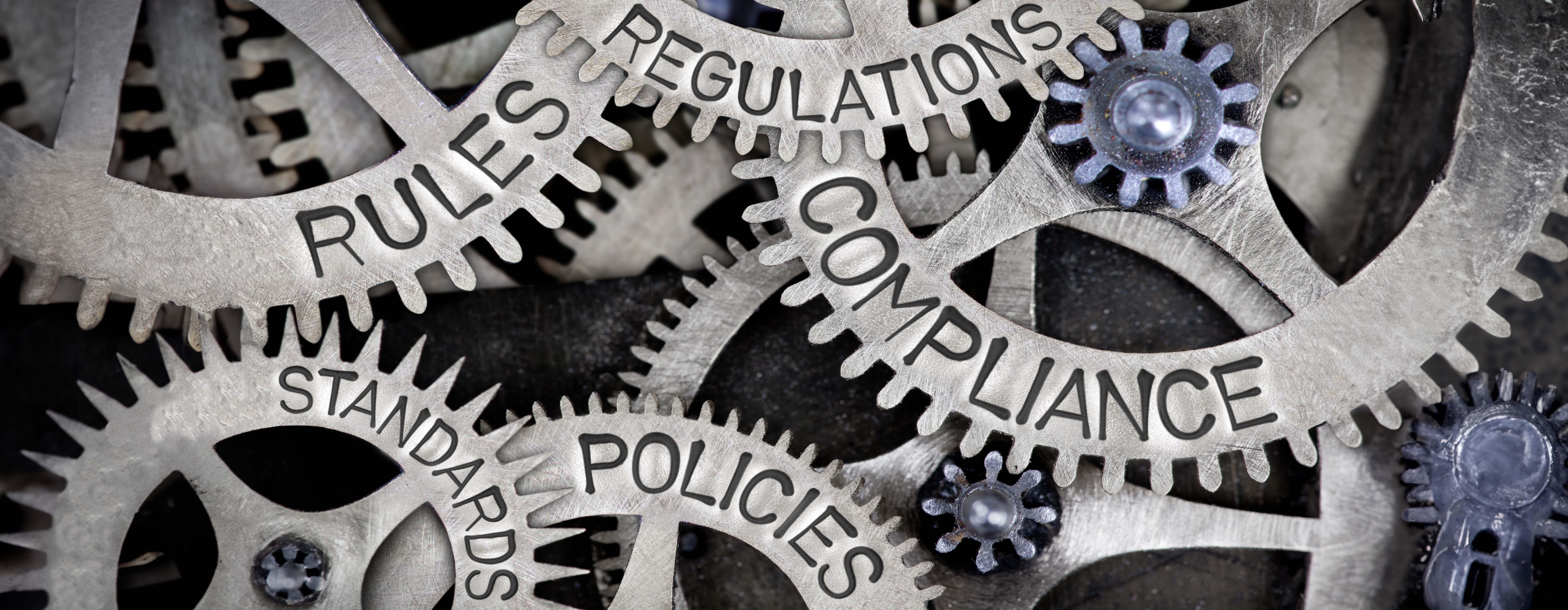

International Convention on Standards of Training, Certification and Watchkeeping for Seafarers.
STCW – A convention that establishes globally binding minimum standards for the training of seafarers. Adopted by the IMO (International Maritime Organization) in 1978, it came into force for the Federal Republic of Germany in 1984. The current version is STCW 95.
The consensus-based definition of international standards is intended to protect human life and property at sea as well as the marine environment. To this end, the numerous different national certificates of competency have been and are gradually being standardized.
The Convention applies to seafarers working on seagoing vessels flying the flag of a state for which the Convention has entered into force. It also applies to ships from other flag states when they call at the port of an "STCW state".
The Convention consists of the Convention and the Code. The practical content was designed as an annex - Part A is binding, Part B is recommendatory. The binding rules on training content are set out in 8 chapters in the appendix.
The maritime training landscape is subject to constant development and change. This is taken into account by regular revision and adaptation. The innovations can then be found in the appendices. The last revision took place in June 2010 at a conference in Manila, Philippines.
| Date | Contents of the appendix |
|---|---|
| 2023 | New definition of "High Voltage" |
| 2021 | Revision of the certificates in Part B |
| 2019 | Part B has been editorially consolidated |
| 2018 | Introduction Certification and training for service on ships operating in polar waters Regulation V/2 supplemented by: "passenger ship emergency familiarization" |
| 2017 | New training: DP -Dynamic Positioning Operatory New training for service on ships subject to the IGF Code |
| 2016 | New rule to review compliance with and implementation of the STCW Convention |
| Chapter | Content |
|---|---|
| Chapter I | of the Convention contains definitions, clarifications, validity period and health standards. |
| Chapter II | defines mandatory minimum requirements for the master, nautical officers and the watchkeeping deck area. |
| Chapter III | deals with the technical area on board: chief engineer, technical officers and watchkeeping engine area. Since 2017: Certification of electrotechnical ship personnel (STCW III/6 and III/7) |
| Chapter IV | regulates radio communication and the requirements for radio personnel: GMDSS |
| Chapter V | includes special training requirements for personnel on certain types of ships, such as tankers (STCW V/1), ro-ro passenger ships and passenger ships (STCW V/2), as well as ships subject to the IGF Code. |
| Chapter VI | includes tasks related to security (STCW VI/6), emergencies, safety at work (STCW VI/1), lifeboat crew (STCW VI/2), medical care and survival measures. |
| Chapter VII | contains regulations on other certificates of competency, e.g. ship mechanic (STCW VII/2). |
| Chapter VIII | Rules for watchkeeping. |
The COCs are defined in the STCW Convention. The following pattern was defined:
| Division into department | |
|---|---|
| Department I | Fishing |
| Department II | Nautical / Deck |
| Department III | Engine |
| Classification into levels | |
|---|---|
| 1 | Operational |
| 2 | Management |
| 3 | under 3000KW, resp. under 500BRZ |
| 4 | Ratings (with watchkeeping) |
| 5 | A/B |
Captain: STCW II/2 (Department II: Deck / Level 2: Management)
NWO: STCW II/1 (Department II: Deck / Level 1: Operational)
C/E: STCW III/2 (Department III: Engine / Level 2: Management)
Seaman with sailor's letter: STCW II/5 (Division II: Deck / Level 5: A/B)
| Dienst auf Tankschiffen |
|---|
| Dienst auf Ro-Ro-Fahrgastschiffen |
| Basic Safety Course |
|---|
| Survival Craft and Rescue Boats (VI/2-1) |
| Fast Rescue Boats (VI/2-2) |
| Medical Care |
| Ship Security Officer (A-VI/5) |